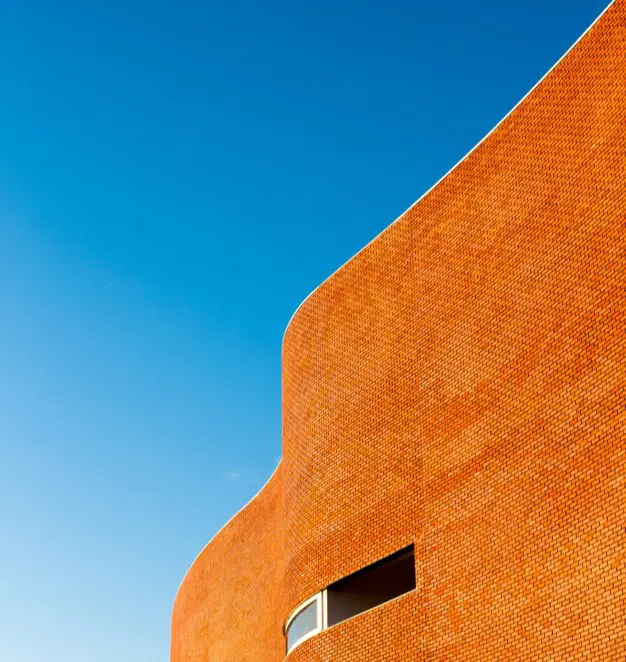One of the key benefits of using mycelium in building technology is its ability to act as a natural insulation material. Mycelium is made up of a network of tiny, interconnected cells that can trap air and water vapor, making it an excellent insulator. This means that buildings constructed with mycelium can potentially have better energy efficiency, as they can help regulate the temperature inside the building and reduce the need for heating and cooling.
Another advantage of mycelium is its strength and durability. While it may not be as strong as traditional building materials like concrete or steel, mycelium can still provide a stable and supportive structure for buildings. In fact, some studies have shown that mycelium can be just as strong as traditional materials when used in the right context.
Mycelium is also a sustainable building material, as it is completely biodegradable and can be grown and harvested without causing any harm to the environment. In addition, the production of mycelium requires far less energy and resources than traditional building materials, making it a more eco-friendly option.
One of the ways that mycelium is being used in building technology is through the development of mycelium-based bricks. These bricks are made by growing mycelium on a substrate of agricultural waste, such as straw or sawdust. The mycelium consumes the waste and grows into a brick-like shape, which can then be dried and used as a building material.
Mycelium bricks have several advantages over traditional bricks. They are lighter and easier to transport, as they are made from a natural material rather than clay or concrete. They also have a higher insulation value, making them more energy-efficient. In addition, mycelium bricks are completely biodegradable, meaning that they can be disposed of in an environmentally-friendly way once they have reached the end of their life.
Another way that mycelium is being used in building technology is through the development of mycelium-based insulation materials. These materials are made by growing mycelium on a substrate of agricultural waste, such as straw or sawdust, and then drying and processing it to create a soft, fibrous insulation material. Mycelium insulation has a number of benefits over traditional insulation materials, including its ability to regulate humidity, its high insulation value, and its sustainability.
In addition to its use in bricks and insulation, mycelium is also being explored as a material for structural elements in buildings. For example, researchers are looking at the potential of using mycelium to create load-bearing walls and other structural elements. While mycelium may not be strong enough to be used on its own for these purposes, it can be combined with other materials to create a stronger, more durable structure.
Mycelium is a promising material for use in building technology due to its unique properties and sustainability. While it may not be suitable for every application, it has the potential to revolutionize the way we think about building materials and contribute to a more sustainable future.


